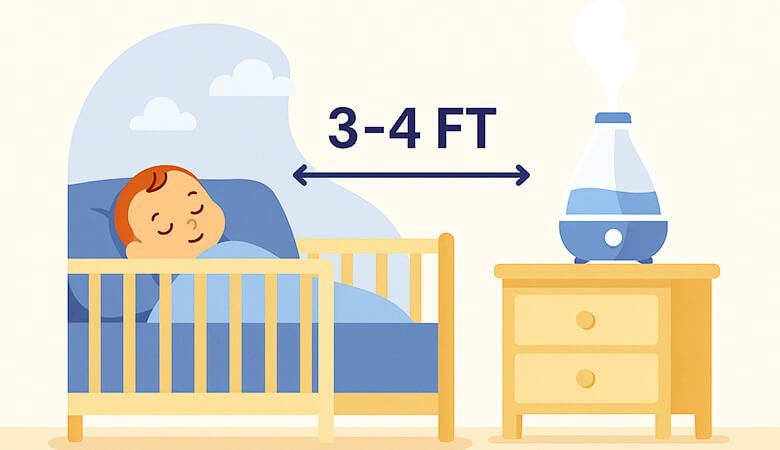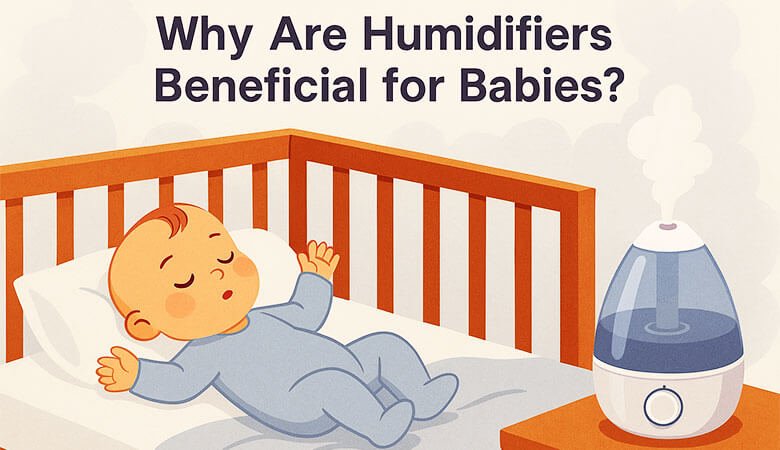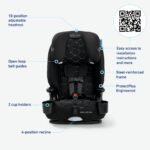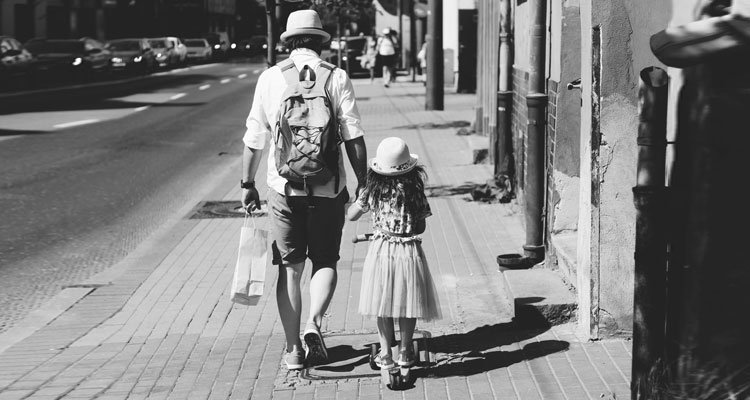Keeping a nursery’s air comfortably humidified isn’t just about comfort—it’s about health and well-being. Dry air can irritate a baby’s delicate nasal passages, cause chapped skin, and disrupt sleep patterns. That’s why a well-placed humidifier can be a game-changer for parents. But the key question remains: “How close should a humidifier be to a baby?”
Getting the placement right means ensuring optimal moisture without creating damp zones that could promote mold or bacteria. It also minimizes burn risk from warm-mist models. In this guide, we dive into evidence-based recommendations—like placing the device 3 to 4 feet (1 meter) away from the crib—and follow industry advice from trusted pediatric and parenting sources. You’ll also find authoritative “People also ask” FAQs, practical parent tips, and expert safety reminders designed to boost your article’s visibility on Google and Bing.

Why Are Humidifiers Beneficial for Babies?

A humidifier can make a world of difference in your baby’s nursery, especially during dry winter months or in areas with low humidity. Dry air can lead to irritated nasal passages, chapped lips, dry skin, and even respiratory issues in babies. By adding moisture to the air, a humidifier helps create a soothing environment that:
- Eases congestion and cold symptoms
- Prevents dry, itchy skin
- Promotes better sleep quality
- Reduces static electricity in the nursery
Parents often notice their babies are calmer and sleep more soundly when humidity levels are balanced.
How Close Should a Humidifier Be to the Baby?
The ideal distance to place a humidifier from your baby is at least 3 to 4 feet (1 meter) away from the crib or sleeping area. This distance ensures the mist is dispersed evenly throughout the room without directly blowing on your baby. Placing the humidifier too close can create:
- Excessive moisture around the crib, leading to mold or mildew
- Risk of burns if using a warm mist humidifier
- Uncomfortable dampness for the baby
For optimal placement:
- Set the humidifier on a flat, elevated surface like a dresser or shelf
- Ensure it’s out of reach of curious little hands
- Point the mist away from walls, curtains, and the crib to prevent dampness and encourage even distribution
Quick Tip: Use a hygrometer to monitor humidity levels and adjust placement if needed.
Ideal Humidity Levels for a Baby’s Room
Maintaining the right humidity is crucial. The recommended humidity level for a baby’s room is 30% to 50%. Here’s why:
- Low humidity (<30%): Causes dry skin, chapped lips, and makes nasal passages more vulnerable to irritation.
- High humidity (>50%): Encourages mold, dust mites, and bacteria growth, which can trigger allergies or worsen respiratory conditions.
Investing in a reliable hygrometer allows you to keep track of the room’s moisture levels and adjust the humidifier settings accordingly.
Types of Humidifiers: Cool Mist vs Warm Mist
When deciding how close should a humidifier be to the baby, consider the type of humidifier:
1. Cool Mist Humidifiers
- Recommended by pediatricians for babies.
- Produces a fine, cool mist without heating water.
- Safer for nurseries since there’s no risk of burns.
2. Warm Mist Humidifiers (Steam Vaporizers)
- Boils water to create steam.
- Can help kill bacteria in water but poses a burn risk if placed too close.
- Should be positioned farther away from the crib.
Expert Insight: The American Academy of Pediatrics suggests using cool mist humidifiers in nurseries to avoid any potential accidents.
Safety Measures When Using a Humidifier Around Babies
Humidifiers can be incredibly helpful, but it’s important to follow these safety precautions:
- Keep It Out of Reach: Place the humidifier where your baby cannot pull it down or touch it.
- Clean Regularly: Prevent bacteria and mold buildup by cleaning the tank daily and doing a deep clean weekly.
- Use Distilled Water: Reduces mineral deposits and prevents white dust.
- Check for Over-Humidification: Watch for condensation on windows or walls as a sign humidity is too high.
- Choose a Model with an Auto Shut-Off: Prevents over-humidifying if the water runs out.
Using a Humidifier During Sleep
A humidifier can help your baby sleep more comfortably by keeping nasal passages moist and easing congestion. To use it safely during sleep:
- Turn on the humidifier 30 minutes before bedtime to allow humidity to stabilize.
- Keep the unit running at low or medium mist settings overnight.
- Position it at least 3 feet away and ensure the mist is not directly hitting the crib.
Studies show that babies sleeping in rooms with balanced humidity tend to wake less often and sleep longer stretches.
Signs You Need to Adjust Your Humidifier’s Placement
Keep an eye out for these indicators that your humidifier may need repositioning:
- Condensation on Windows/Walls: Indicates the humidifier is too close or the setting is too high.
- Baby’s Skin Still Dry: May mean the humidifier is too far from the crib.
- Increased Allergy Symptoms: Could signal mold growth in the room or inside the unit.
Cleaning and Maintenance: A Must-Do!
A dirty humidifier can do more harm than good. To maintain a healthy environment:
- Empty and rinse the water tank daily
- Disinfect the unit weekly using vinegar or a manufacturer-approved cleaner
- Replace filters as recommended
This ensures the mist your baby breathes is clean and free from bacteria or mold spores.
Parenting Tip: Set a reminder on your phone for weekly cleaning to keep the routine consistent.
People Also Ask – FAQs
How far should a humidifier be from a baby’s crib?
Parents and pediatric experts agree: keep the unit at least 3 to 4 feet away (about 1 meter). This prevents direct moisture saturation on bedding and helps disperse mist safely.
Is it safe to run a humidifier in a baby’s room all night?
Yes—if you use a cool-mist humidifier, maintain humidity between 30–50%, clean it regularly, and ensure it auto shut‑offs when empty.
Which is safer for babies: cool mist or warm mist humidifiers?
Cool-mist models are strongly recommended. They eliminate burn risks associated with boiling water in warm-mist units and are routinely advised by pediatricians.
Do humidifiers help with baby congestion and sleep?
Absolutely. Moist air eases nasal passages, thins mucus, and can lead to calmer, longer sleep—especially beneficial during colds.
Will adding essential oils to the humidifier help my baby?
Generally, no. Pediatricians and experts advise against essential oils or menthol due to allergic reaction risks.
How often should I clean the humidifier?
Daily rinsing and draining, plus a deep clean every 2–3 days using vinegar or mild soap, is the safest routine to prevent mold and bacterial growth.
Can tap water be used in a humidifier for my baby?
Tap water can leave mineral residue and foster bacterial growth. Experts recommend using distilled or filtered water to protect yours and your baby’s lungs.
Final Thoughts: How Close Should a Humidifier Be to the Baby?
The placement of your humidifier is key to creating a safe and soothing environment for your baby. Always keep it at least 3 feet from the crib, use a cool mist model for added safety, and monitor humidity levels carefully. With regular cleaning and proper use, a humidifier can help your little one breathe easier, sleep better, and stay healthier.
Remember: A little distance goes a long way in keeping your baby happy and safe!





